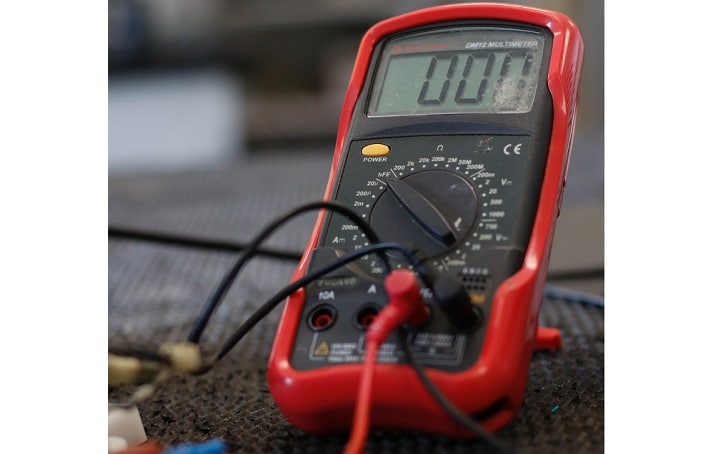Technology
The Importance of Insulation Resistance

Insulation resistance is of particular importance in regards to the prevention of injury and damage and to ensure that electrical equipment and systems are reliable. It both protects individuals and systems and serves to indicate the condition that electrical insulation is in conjunction with an IR tester.
Insulation resistance needs to be measured, monitored and tested depending on an item of equipment or system’s lifecycle.
Why it matters
New cables, umbilicals and connectors should have electrical insulation that is in excellent condition, but many effects can still cause it to fail such as the likes of electrical stresses, moisture and mechanical damage and over time the effects of ageing can also diminish its effectiveness.
The development of pinholes or cracks can result in the penetration of the insulation’s surface by water, which provides leakage current with a low resistance path. The fall in insulation resistance can sometimes be very sudden but there is normally a gradual drop, allowing for plenty of time to fix the problem providing that checks are carried out periodically.
Good insulation provides high resistance, with fairly low resistance therefore offered by poor insulation, but reading trends over a period of time are of major importance, warning of coming problems by demonstrating the electrical insulation’s lessening resistance.
The deterioration of the performance of electrical insulation over time can cause a wide variety of serious problems including electrocution and death, so it is not difficult to see why insulation resistance testing is of such importance. Periodic checks should be carried out for the purpose of quality control and to allow for the performance of preventative maintenance.
How do you test insulation resistance?
In order to test insulation resistance, the resistance to current flow all across that insulation needs to be measured. High-level resistance signifies little current is able to escape via the insulation, with low-level resistance indicating the reverse.
Testing insulation resistance is important when installing new equipment or machinery to make sure it is good enough to start operating, as well as providing a baseline reading that can be used as a reference point for future tests. This is referred to as a proof test. Factors such as temperature and moisture can fluctuate, which can render some readings insignificant unless they are able to be compared to a previous set of measurements. Varying conditions mean that measurements that are taken during maintenance tests can provide valuable insights into the level of insulation resistance.
The four most prominent insulation resistance tests that are performed today are the proof test, the spot reading test (which lasts about a minute), the time resistance test (which offers quite conclusive results without the need for past measurements to compare against) and finally, the step voltage test, which compares at least two voltages and then having the results compared with each other. These tests span all the steps that are required in order to keep a check on the state of insulation resistance in equipment from the moment it is installed through everyday use.




















































